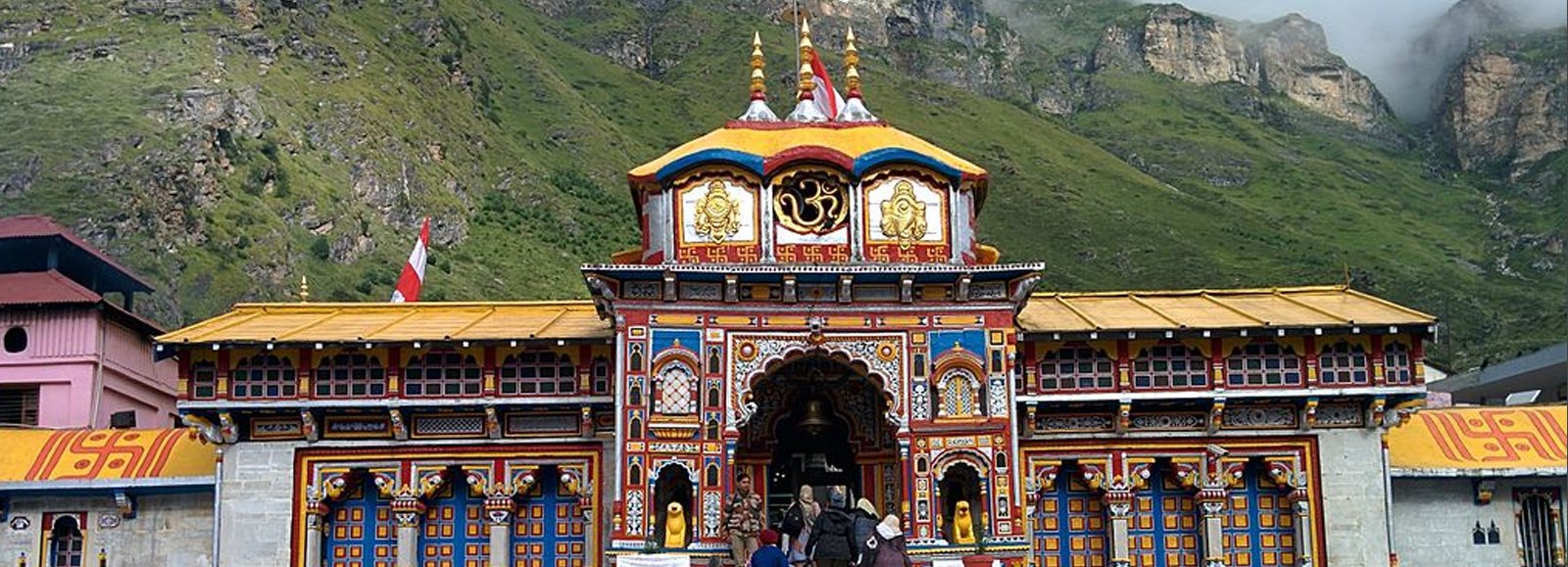
Badrinath Dham
About Badrinath Dham
One of the famous sites of the Chardham Yatra, the Badrinath Dham draws devotees with unwavering faith to Chamoli district of Uttarakhand. The pious Badrinath Yatra is simply manifested as a way to attain salvation (Moksha) from the cycle of Life and Death. The ancient mythology designates Badrinath Mandir as an indispensable Hindu shrine to be visited once in a lifetime with the legend of meditation of Lord Vishnu for complete 1000 years under a Badri Tree for the welfare of humanity. Ever since then devotees consider this place to be sacred. A deity of Lord Badrinath in the meditative pose has been established to be worshipped and paid homage to.
The one-meter tall imposing statuette of Lord Vishnu that is reckoned to be one of eight Swayam Vyakta Kshetras or self-manifested statues sits in the Nar Narayan temple. The sacred Badrinath Temple, which is also the part of major Chardham circuit is situated at an elevation of 3133 m along the bank of River Alaknanda. Badrinath or Badrinarayan Temple is also one of the 108 Divya Desams dedicated to Vishnu, and thus an important pilgrimage for Vaishnavites. This pilgrimage site in Uttarakhand remains open for the devotees for half of the year from onset of summers and closes with the end of the autumn season.
Badrinath Temple Opening & Closing Dates 2025
The Badrinath Temple opens every year in the month of April/May and closes in the third week of November (after the celebration of the festival of Diwali). For the next 6 months of winter, prayers to the Badri Vishal are offered at the Narasimha Temple in Joshimath.
The opening date of the portals of Shri Badrinath Temple is announced by the priests on the day of Basant Panchmi. In 2025, the opening date of Badrinath Temple is 4 May 2025.
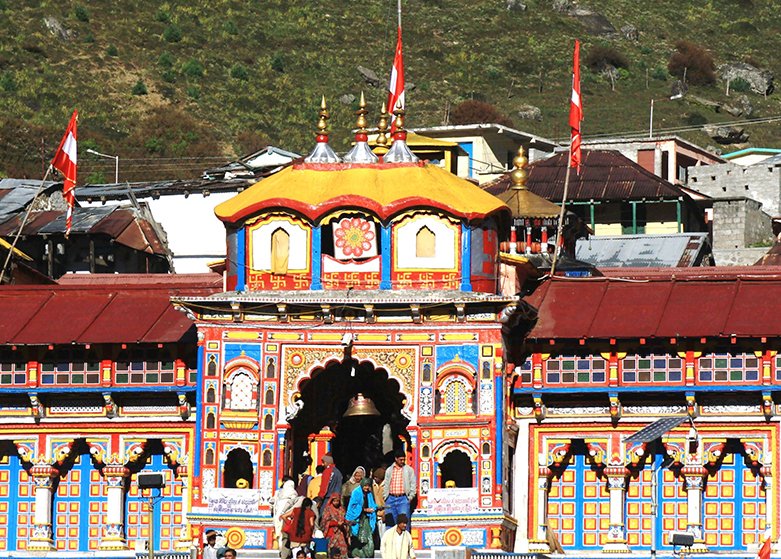
Best Time to Visit Badrinath
Due to its elevation and location, Badrinath Temple remains open to the devotees for a brief period of six months. The end of April or beginning of the month of May is chosen for the opening of the portals of this sacred Hindu shrine in Uttarakhand. The temple closes right after Diwali and its deity is brought to Joshimath to rest for next six months of winter. Therefore the best time to visit Badrinath Dham is between April and November with April to mid-June and October to mid-November being the ideal most.
-

Summer
The month of April marks the onset of the summer season for Badrinath Dham when all the ice melts and the sun starts to offer warm afternoon time. The temperature in summer that lasts till mid-June ranges between 15℃ and 30℃, keeping it quite pleasant for devotees to conveniently perform the pilgrimage.
-

Monsoon
The season of monsoon is packed with heavy rains that sometimes continue for days. The average temperature drops a bit with 25℃ being the highest. Though the Yatra is carried out in this season in full swing, it is advisable to check the weather forecast and carry necessary gears like raincoats, umbrella, walking sticks, etc.
-

Winter
Badrinath Temple closes for period of six months with the onset of winter in mid to end November. The mercury dips to sub-zero figures and the entire region is covered under the thick blanket of snow. The statuette, thus is brought to lower region of Joshimath, where it is established in Narsimha Temple for the devotees to pay homage.
Badrinath Temple History
Badrinath dates back to the Vedic age as the mention of it is found in Vedic scriptures (c. 1750–500 BC). It is believed that it was in the 9th century Adi Shankaracharya established it as a pilgrimage site. Another popular argument suggests that the temple was a Buddhist Vihara (shrine) till the 8th century, and apparently, its architecture and use of colours indicate in the same direction. While in the former argument, Adi Shankaracharya is reckoned to have discovered the deity of Badrinath in Alaknanda River and established it in a cave near Taptkund (hot spring). Adi Shankaracharya with help of Parmar Rulers said to have vacated the area from the then inhabiting Buddhist people. The descendants of the King Kanak Pal (Parmar Rulers) started to govern the temple and the king enjoyed ritual obeisance by the pilgrims before proceeding to the shrine, and this continued till late 19th century. The mythological history of Badrinath traces its affiliation with Lord Vishnu who is said to have meditated here, keeping away from Thuling, a place where the meat-eating monks resided.
Another thread of this story proclaims Lord Vishnu’s reason for meditation was the result of being chastised by a sage who saw Lakshmi, consort of Lord Vishnu massaging his feet. It is believed, Lord Vishnu then decided to practice austerity and meditate in an isolated land. His consort, Goddess Lakshmi is reckoned to have protected him all through his meditation from adverse weather condition in the form of Badri Tree (Jujube or India date/berry). Impressed by her determination, Lord Vishnu named the place as Badrika Ashram. In another popular narration in Vishnu Purana, Dharam had two sons namely, Nar and Narayan who chose the place to spread their religion. While looking for an ideal place to set up their hermitage, they came across four Badris out of the Panch Badri, namely Bridha Badri, Yog Bhadri, Dhyan Badri and Bhavish Badri. They finally found the hot and cold spring situated behind the Alaknanda River and named it Badri Vishal.
Activities around Badrinath
Badrinath’s surroundings have a charm that must not be missed. There are opportunities of witnessing an ocean of flowers while trekking; paying homage to divine Hindu and Sikh shrines; sipping tea at India’s last village and cleansing your soul at a hot spring amongst the plethora that can be relished around Badrinath Dham.
- Take a Holy Dip at Tapt Kund
- Trek to the Base Camp of Neelkanth, Satopanth, and Charanpaduka Mountains
- Visit India’s Last Village, Mana and Have Tea at country’s last Tea Stall
- Trek to the gorgeous Valley of Flowers
- Pay Homage to high altitude Sikh shrine Hemkund Sahib
- Go on a Sightseeing Tour of Auli, Narad Kund, Vyas Gufa and Vasudhara Waterfalls
Travel Tips: Top 5 Things to Know Before Going to Badrinath Yatra
- Badrinath amongst all four destinations is the easiest to access. There is a nominal walk required to reach the temple from the Taxi Stand
- Mobile connectivity in Badrinath is quite good, BSNL has excellent network reception
- Though the chances are negligible, you must carry medicine for high altitude sickness, in case of emergency
- Darshan are best done in the morning hours so that you can have a larger section of the day to explore around the town
- Though it remains considerably pleasant in the summers in Badrinath, it is ideal to carry something warm to wear
Top Places to Visit around Badrinath
The surroundings of Badrinath are as pristine and serene as the temple itself. Nature has blessed the region so vehemently that missing out on it can be a regretful mistake. Around Badrinath, you can find gorgeous waterfalls, mighty mountains, surreal destinations like Auli, Valley of Flowers and Hemkund Sahin, and several Hindu shrines that showers immense blessings, of course the last Indian Village, Mana cannot go unmissed as well.
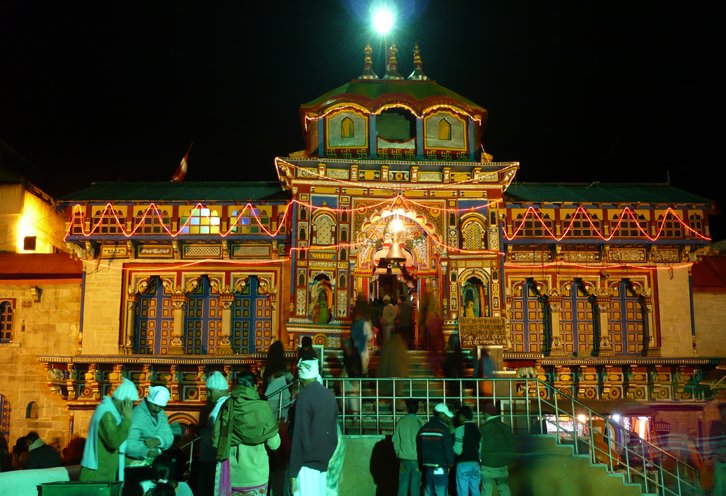
Bheempul
A short distance of 3 km away is situated the Bheempul. It is a bridge believed to be built by one of the Pandava brothers, Bheema for his wife Draupadi over the Saraswati River. The bridge is opposite another attraction of Badrinath, Vyas Gufa.
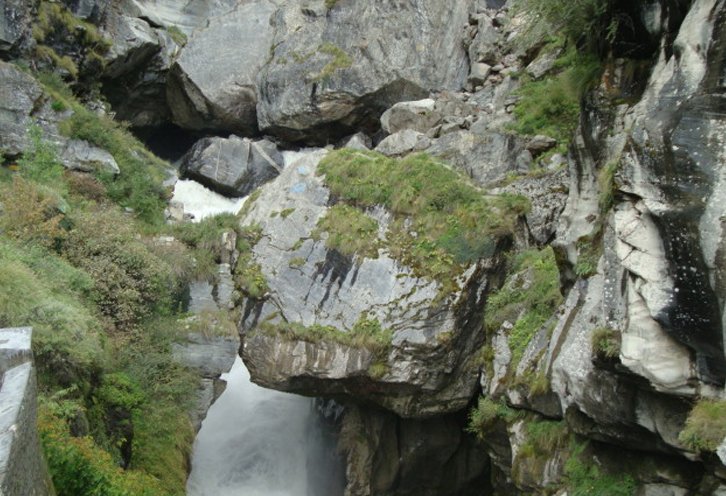
Tapt Kund
A natural hot water spring, Tapt Kund is said to be the abode of Lord Agni. Tapt Kund is right at the entrance of Badrinath Temple and is said to have medicinal properties that can cure skin diseases. The temperature of water here remains 45℃, ideal to take a dip before entering the sacred Dham.
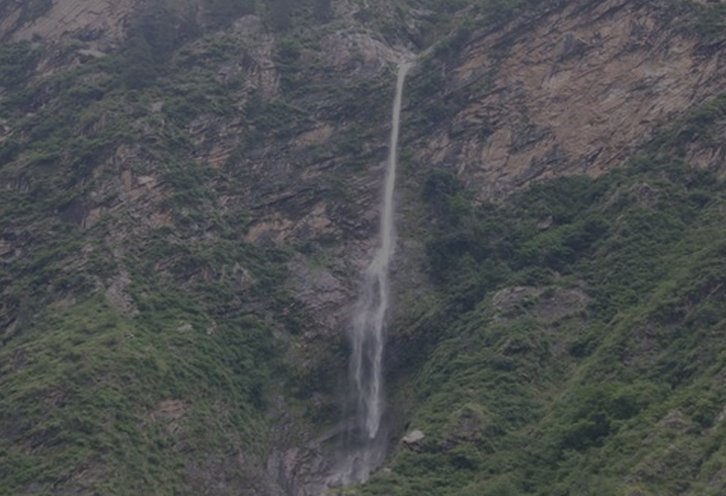
Vasudhara Falls
A 122 m high waterfall cascades gracefully in the Alaknanda River and can only be witnessed after an arduous 6 km trek from Mana Village. The sleek yet majestic streak of the waterfall makes it one of the most gorgeous attractions to sight near Badrinath Temple.
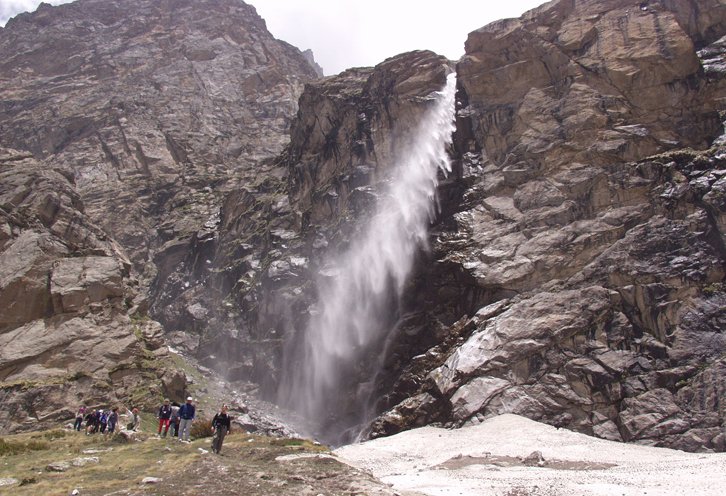
Vyas Gufa
Sitauted on the bank of Saraswati River, Vyas Gufa is said to be the same place where Sage Vyas composed the epic of Mahabharata. A distinct feature of the cave is its roof that resembles the pages from the collection of his holy scripts.
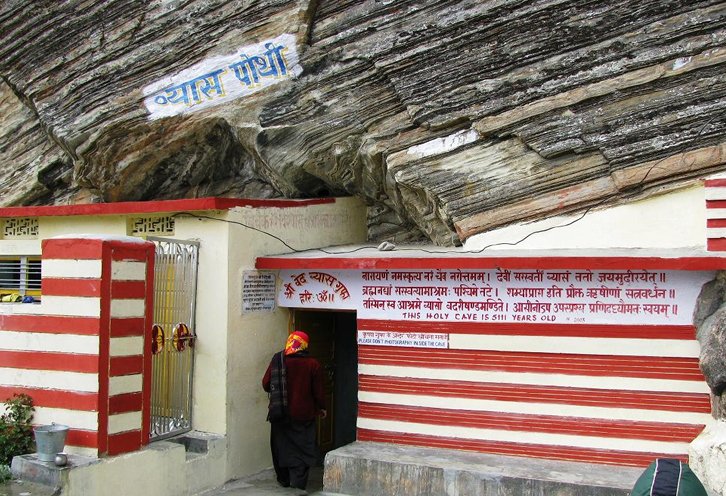
Brahma Kapal
Situated some 2 km away from Badrinath Temple, Brahma Kapal is the place to worship for the liberation of the soul of a deceased one. It is believed, Brahma himself is seated at this place and offer Moksha to the soul of any person whose relatives perform rituals and Shraddha Karm here.

Ganesh Gufa
Located in close proximity to Vyas Gufa, Ganesh Gufa is said to be the place where Lord Ganesha wrote the epic of Mahabharata while Sage Vyas dictated it to him. It is also the place where the Lord Ganesha broke his tusk to substitute it as a pen that broke while writing Mahabharata.
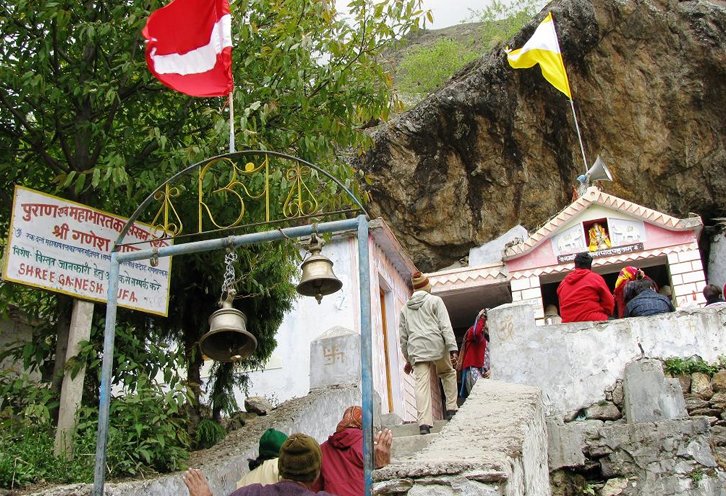
Pandukeshwar
Some 24 km short of Badrinath, Pandukeshwar is famed for its temple Yogdhyan Badri, where the ideal of Lord Vishnu is worshipped in a meditative posture. It is reckoned that Pandavas handed over their capital to Raja Parikshit and headed towards Swargarohini Peak.

Alka Puri
The originating point of River Alaknanda, Alka Puri is a glacier which situated at at the base of Balakun Peak. The glacier is said to be the abode of Lord Kuber, Yakshas and Gandharvas. Alka Puri is attached to a glacial plateau that separates it with Gaumukh Glacier.
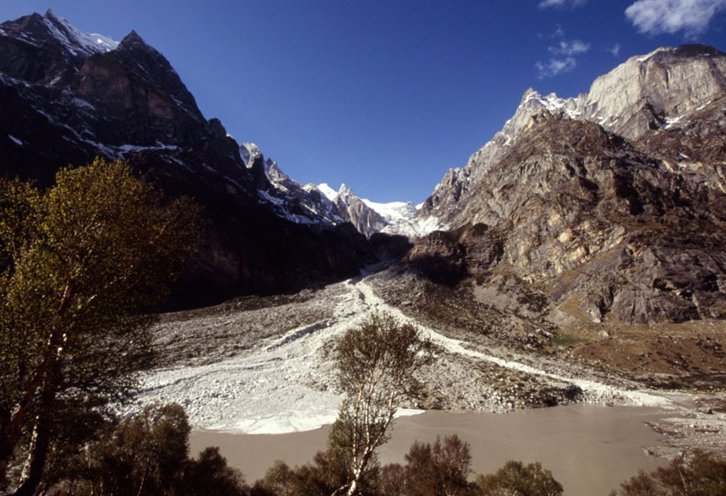
Mana Village
The last Indian village on the Indo-Tibet border, Mana sits 3 km away from Badrinath Temple on the bank of River Saraswati. It is an attractive village where one can enjoy stunning views of the surroundings and tea at the last tea stall of the country.
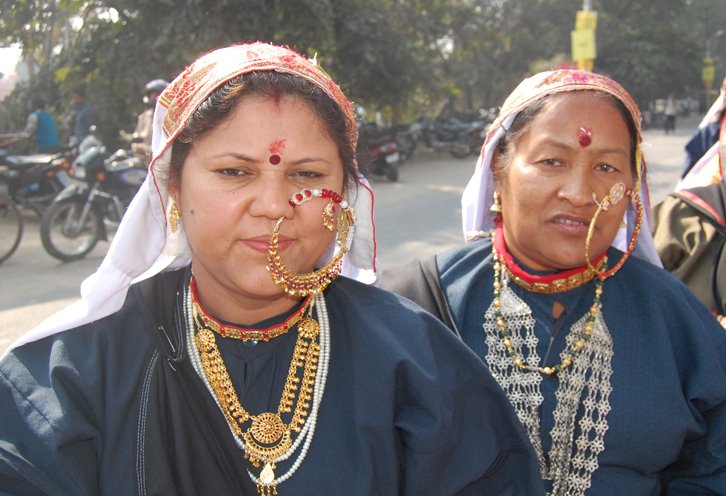
Narad Kund
A sacred hot water spring where it is believed Adi Shankaracharya found the idol of Lord Badri (Vishnu), Narad Kund is also a bay in the river Alaknanda. It is also reckoned to be the place where Narad Muni composed the Narad Bhakti Sutra.

Valley of Flowers
Valley of Flowers is a popular destination near Badrinath which witnesses a riots of colour or heavy bloom of flowers in the monsoon season every year. Trekking is the only way to reach this paradisiacal destination adorning the Land of Gods.
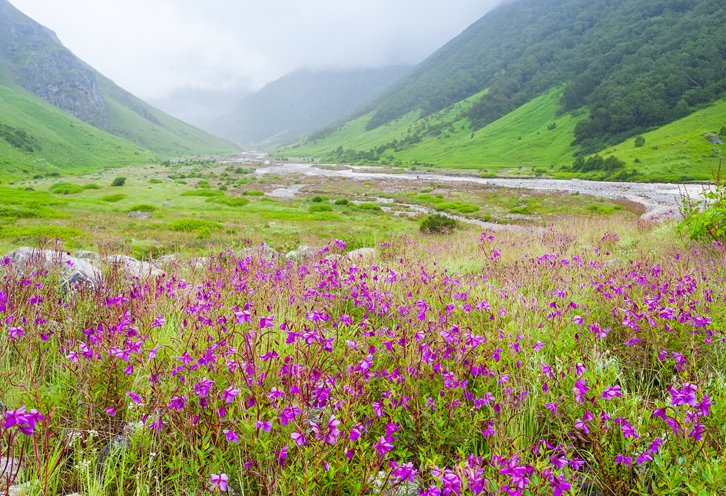
Auli
An attractive skiing destination, Auli is situated some 16 km away from Joshimath. Where in winter, tourists can enjoy a memorable session of skiing at this destination, summer is the perfect time to bask in the warm sun or attempt trekking to Gorson Bugyal from here.
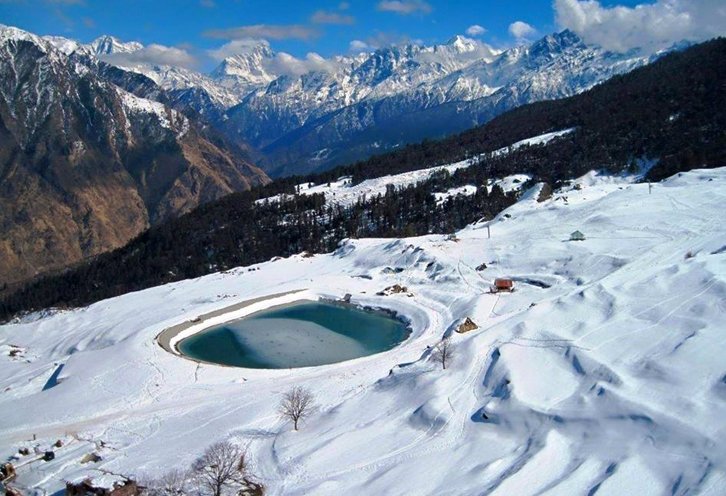
Hemkund Sahib
Reckoned to be the highest Sikh pilgrimage destination, Hemkund Sahib is tucked away in the Chamoli districts and a few odd kilometers from Badrinath. The shrine is known for its hexagonal shape and the arduous trek that is only open to pilgrims for a brief period of six months.
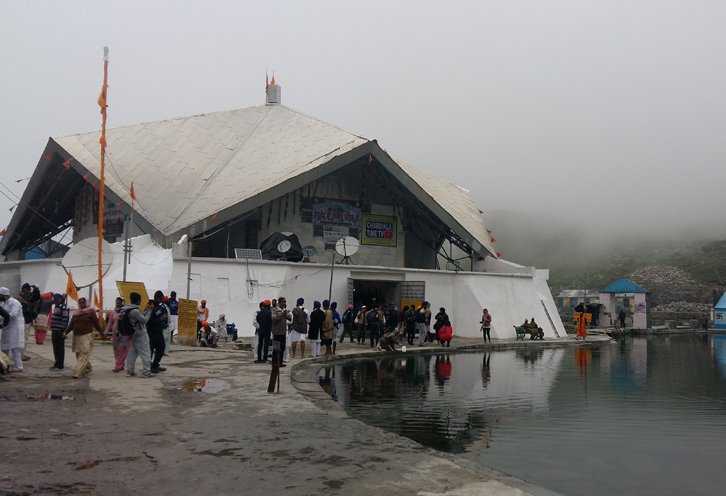
Satopanth Lake
An almost untouched lake at a short distance of 22 km from Badrinath, Satopanth makes for an incredible trekking expedition. Situated at the base of the mountain of the same name, Satopanth is an emerald lake that is truly amongst the best hidden treasures near Badrinath Dham
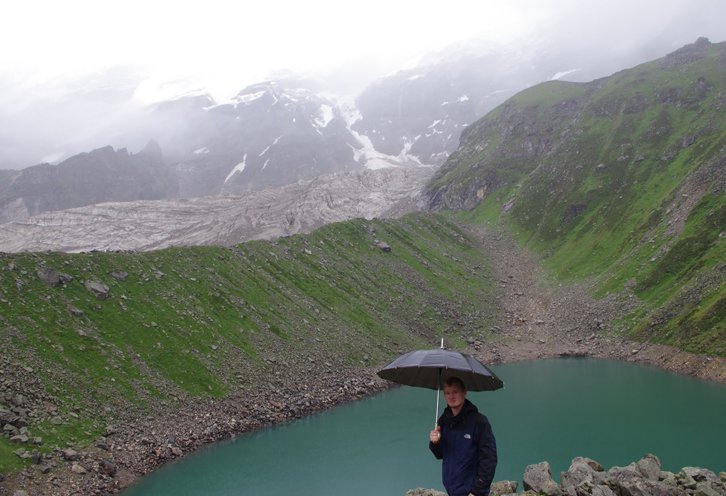
Best Hotels to Stay in Badrinath
Gradually developing, Badrinath is no longer an offbeat destination and the wide variety of hotels here is the proof. Along with Joshimath that was once the only nearby destination for a stay in Badrinath, the sacred town itself has started to offer comfortable accommodation to its visitors. Now the variety of staying options has extended in Joshimath, while the town of Badrinath has decent hotels on offer.
Our Latest Blogs
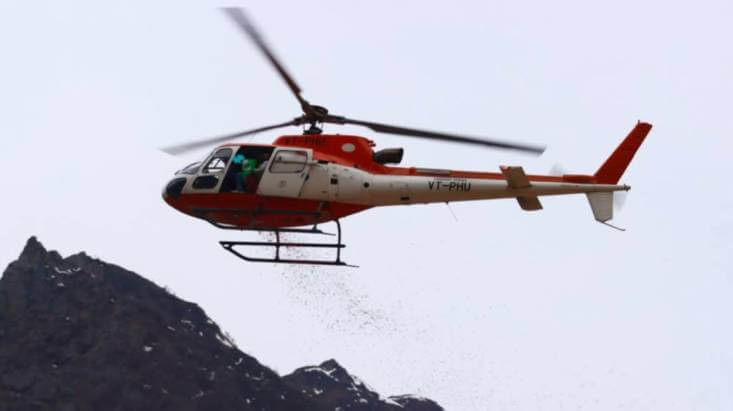
05 May, 2025
Fly to Kedarnath & Badrinath: Helicopter Services from Jolly Grant Airport, Dehradun
The Chardham Yatra 2025 ushers in a transformative experience for pilgrims with the introduction of helicopter services to Badrinath and Kedarnath from Jolly Grant Airport. This initiative not only reduces travel time but also enhances accessibility to these sacred sites, marking a significant advan
More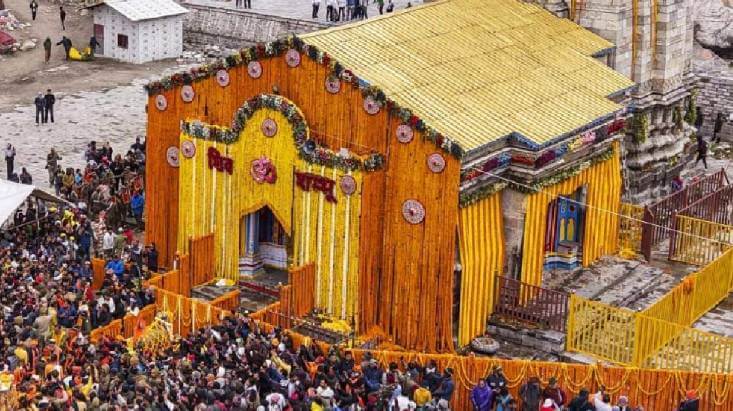
05 May, 2025
Kedarnath Yatra 2025: A Sacred Journey Rekindled with Devotion and Innovation
A spiritual awakening in the Himalayas, the Kedarnath Yatra 2025 commenced with unparalleled enthusiasm, as over 55,000 pilgrims visited the sacred Kedarnath Temple within the first two days of its opening on May 2, 2025. This auspicious event marks a significant chapter in the annual Chardham Yatra
More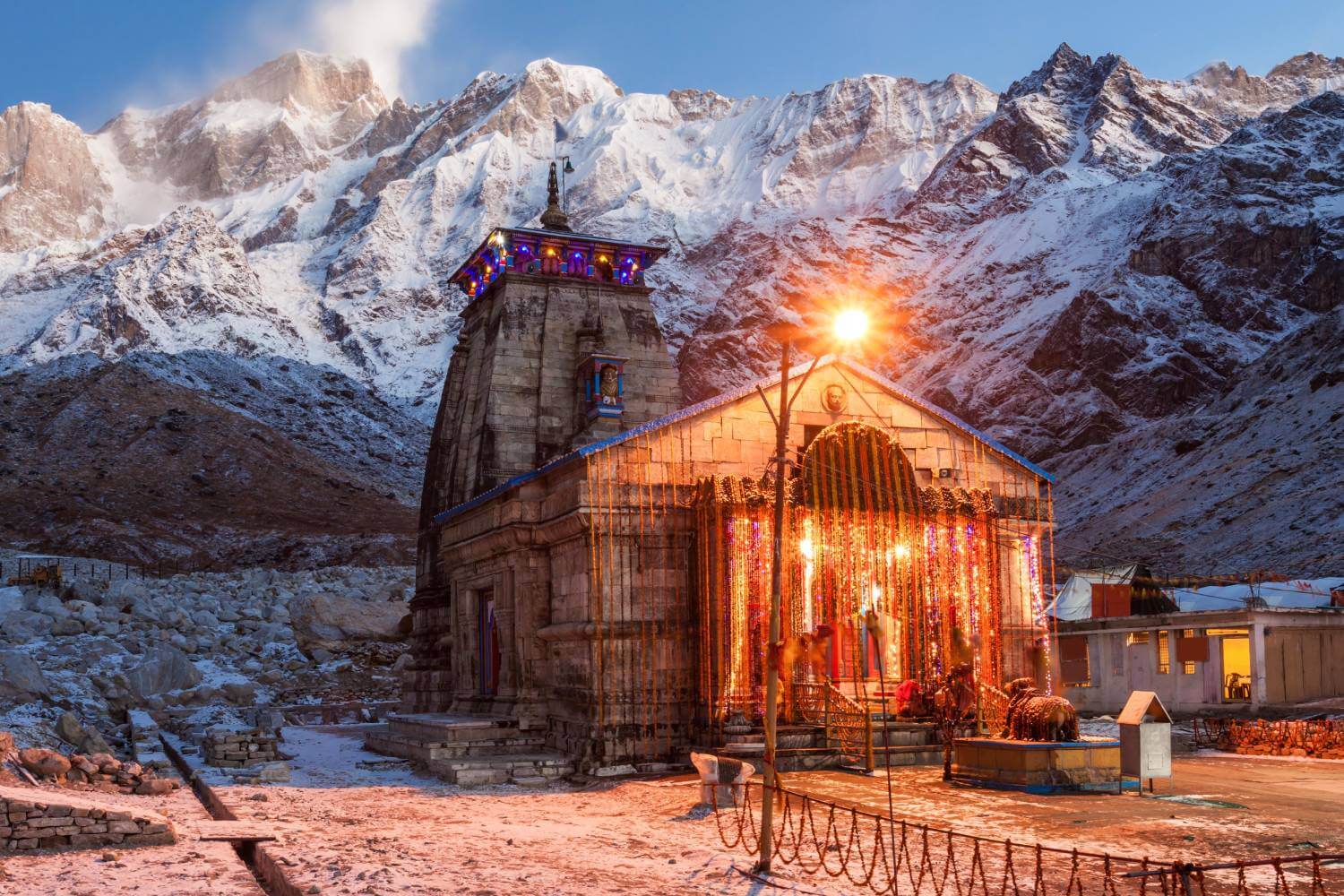
01 Apr, 2025
Kedarnath Temple Declares Mobile-Free Zone, Banning Reels & Video Recording to Preserve Sanctity
In a significant move ahead of Char Dham Yatra 2025, the Shri Badrinath-Kedarnath Temple Committee (BKTC) has imposed a strict ban on mobile phones, video recording, and reels inside the Kedarnath Temple premises. This decision aims to uphold the temple's spiritual sanctity and ensure a peaceful atm
More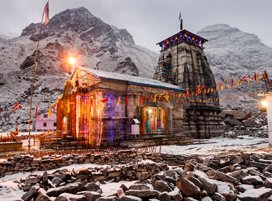

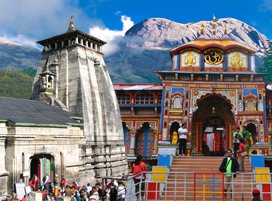

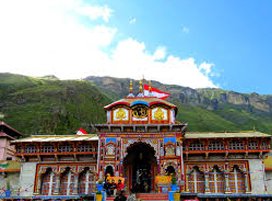
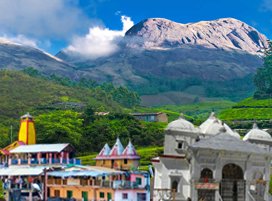
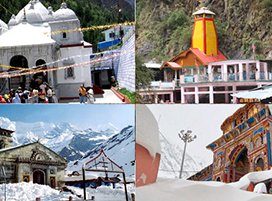
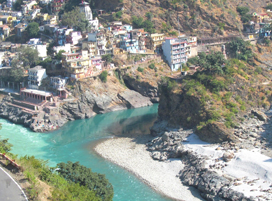
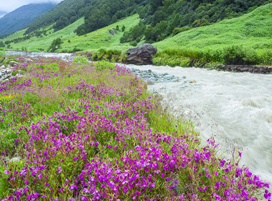
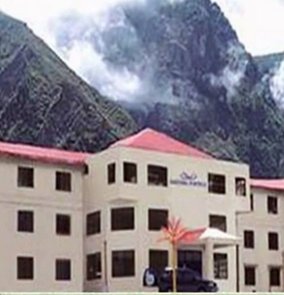
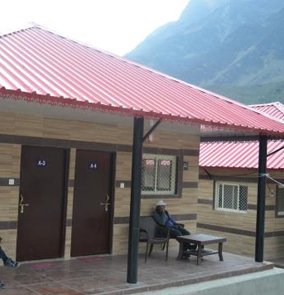
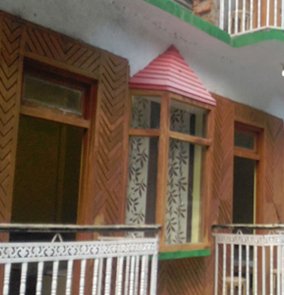
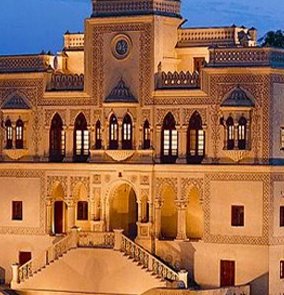

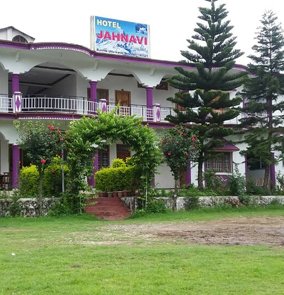
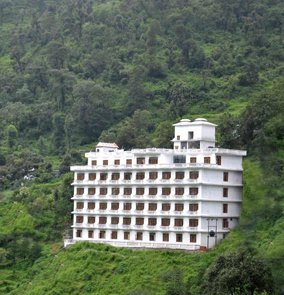
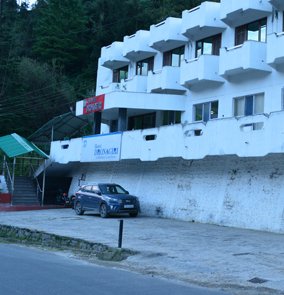

 Share
Share Home
Home Packages
Packages Book Now
Book Now